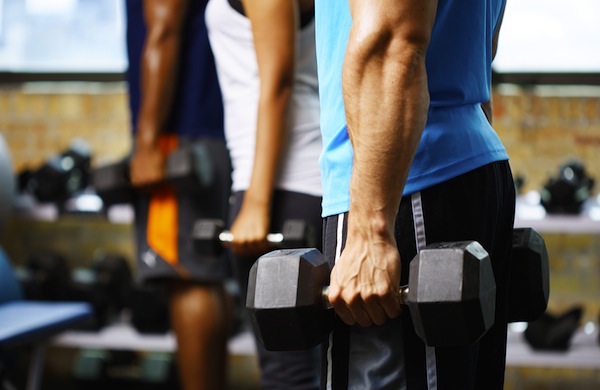
With its abundance of parks and golf courses and its proximity to Lake Erie, Cleveland is a haven for outdoor exercise and recreation in the summer. But during the city’s harsh winter months, Clevelanders head indoors to get fit at one of many Cleveland gyms. Fortunately, the Cleveland fitness scene offers no shortage of hot spots for breaking a sweat. Some of the best gyms in Cleveland include CrossFit champions CrossFit Cleveland and yoga studio Krysia Energy Yoga.
Whether you’re an avid CrossFitter, yogi, or runner, chances are keeping your weight in check is on your radar. Most nutritionists agree that losing or maintaining weight requires consuming fewer calories and burning more calories. And the amount of calories ousted depends largely on the body’s metabolism. Running burns calories, but, thanks to the metabolism, adding muscle can help you burn calories even while sitting still. Read on to learn more about this invisible process.
The Metabolic Process
To make sense of metabolism, it’s easiest to think of the body as a machine with countless functions and very specific fuel requirements. When we eat, enzymes in our digestive system break down food into its component ingredients: proteins devolve into amino acids, fats into fatty acids, and carbohydrates into sugars such as glucose.
These then seep into the bloodstream and spread throughout the body, so that thousands of metabolic reactions happen at the same time. Some of the energy from these acids and sugars gets used for specific bodily maintenance functions, such as pumping the heart. Whatever isn’t needed right away will be stored as fat for later use.
Keeping the Fat Off
To avoid gaining extra fat deposits, we have to burn all the calories that we ingest. The speed at which energy is burned while at rest is called the basal metabolic rate (BMR) and it’s affected by a person’s age, sex, and proportion of muscle to fat. The older a person is, the lower their BMR typically is; men generally have a higher BMR than women; and the body burns more calories to maintain muscle than fat.
Why Starvation Diets Don’t Work
Our BMR adjusts according to our lifestyle, slowing down when food is scarce and speeding up when we have to eat our way out of the wreckage of a popcorn-factory explosion. This is why eating five smaller meals throughout the day can help people lose weight, whereas starvation diets often result in little to no weight loss.






